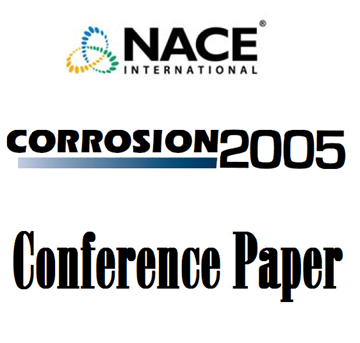Search
51314-3854-A Mechanistic Erosion-Corrosion Model for Predicting Iron Carbonate (FeCO3) Scale Thickness in a CO2 Environment with Sand
Also Purchased
05551 CO2 Corrosion Prediction Model - Basic Principles
Product Number:
51300-05551-SG
ISBN:
05551 2005 CP
Publication Date:
2005
$20.00
51313-02713-Characterization of Erosion Resistance of Iron Carbonate (FeCO3) Scale
Product Number:
51313-02713-SG
ISBN:
02713 2013 CP
Publication Date:
2013
$20.00
51314-3846-Effects of crude oil on corrosion behavior of pipeline steel under co2 condition
Product Number:
51314-3846-SG
ISBN:
3846 2014 CP
Publication Date:
2014
$0.00




